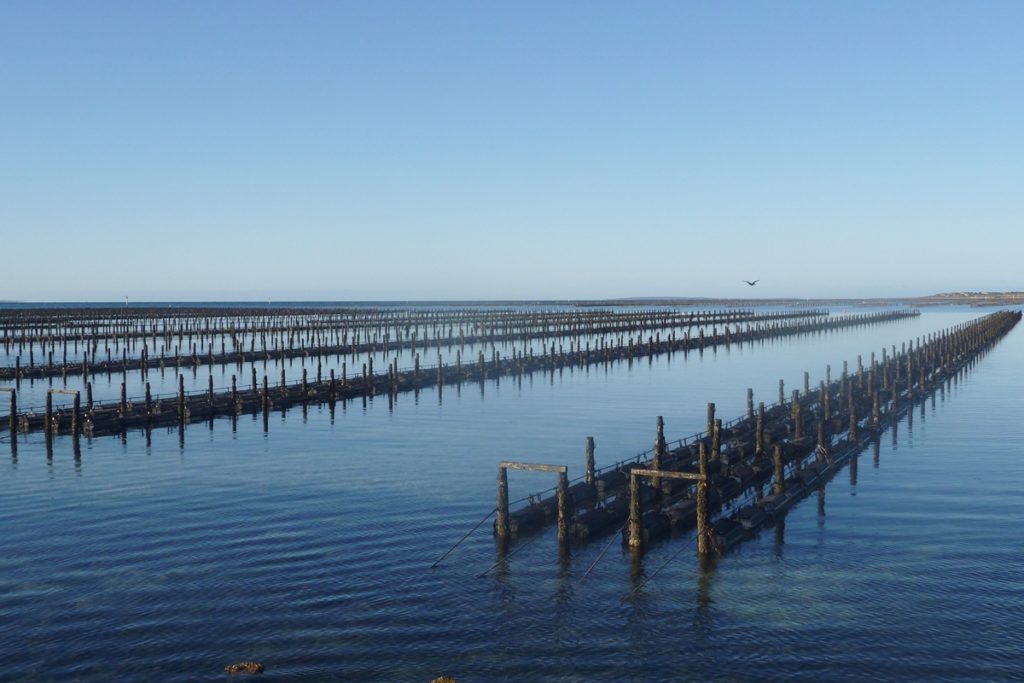
To fully appreciate the art of oyster farming and understand the quality of equipment required to successfully fish, we often consider the history of oyster farming and believe this had led to our success. There is evidence that show ancient shell midden tracing to Indigenous Aboriginals collecting oysters six thousand years before settlement.
It’s been recorded that the first European convicts, soldiers and settlers harvested native oysters from rock, natural oyster reefs, mangroves and mud flats as early as 1778. Soon after in 1848 the harvest of native shellfish species began in the region of Coffin Bay, South Australia and had become one of the states first licenced fishery. With the wild harvest of native Angasi occurring in Coffin Bay and continuing for the better part of a decade, this ultimately caused a collapse to fishery in the year of 1945.
With oyster farming continuing in NSW in around the year of 1866, the method of setting rocks out along the shoreline and mud flat of coastal rivers become the method to farm rock oysters. Ultimately, with some research and better use of how to adapt technology into oyster farming, Sydney oyster farmers engineered improvements to the Australian oyster industry through use of rock and timber instruments.
